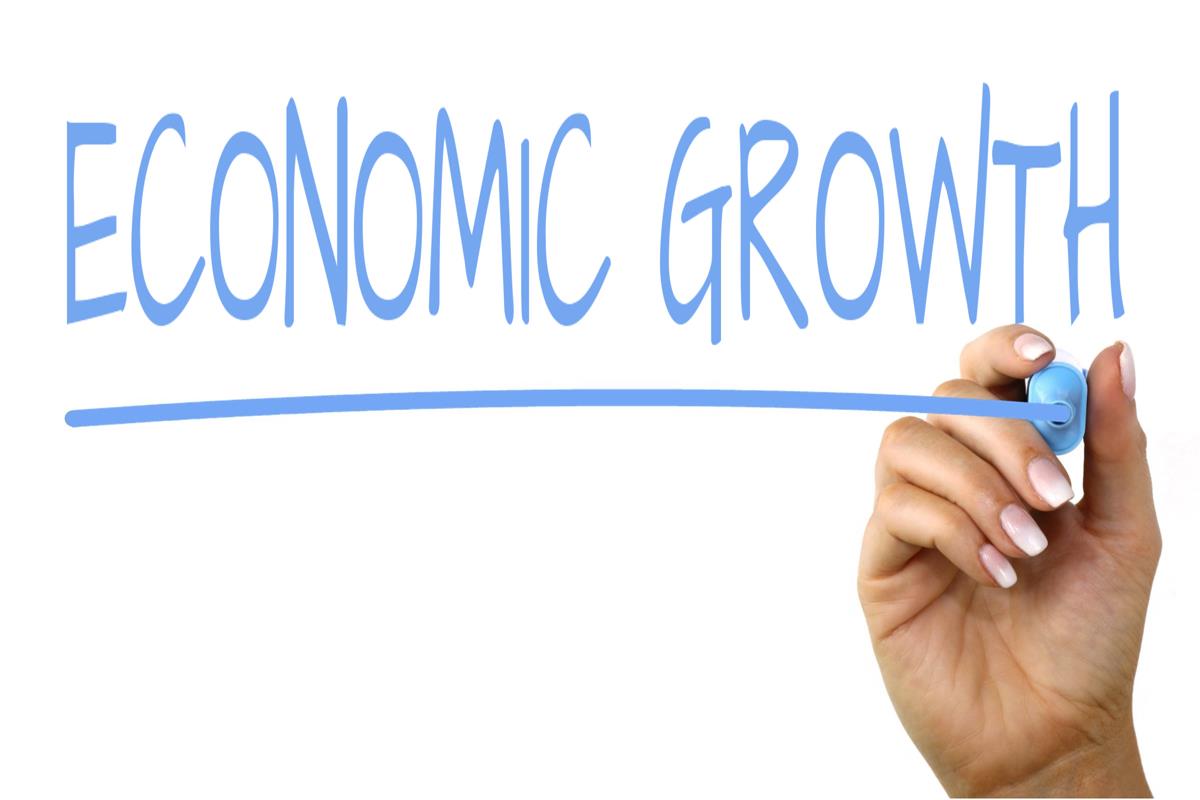Govt footprint key barrier to economic growth: PIDE

MG News | December 01, 2021 at 12:15 PM GMT+05:00
December 1, 2021 (MLN): Chronically low level of private investment in the economy is one of the key reasons behind the long-term downward growth trajectory of Pakistan’s economy mainly because the government crowds out the private sector as the total footprint of government on the economy is at least 67% of the GDP, a report on government’s involvement in economy released by the Pakistan Institute of Development Economics (PIDE) showed on Wednesday.
“Successive governments have tried to spur economic growth by encouraging private investment in economy with little success. One fundamental reason behind the low private investment is the fact that owing to its large footprint on the economy, the government in Pakistan crowds out private investment,” the report noted.
The report illustrated that the total footprint of government on the economy in Pakistan amounts to at least 67% of the GDP, which is substantially higher than general yearly expenditure as a percentage of GDP (22 percent) might suggest.
In addition to general government expenditure, the government exerts significant control over the economy through an extensive regulatory framework, control of state-owned entities, direct market interventions and ownership of land and capital, the report points out.
With the imminent need to reduce the government footprint to attract private investment and involvement of the private sector, three main policy approaches need to be adopted i.e., deregulation, privatization and public-private partnerships.
Deregulation alone, if executed properly can reduce the footprint of the government; increase the GDP by approximately 24%.
Privatization of state-owned entities is another useful policy instrument but is often hard to implement due to a range of factors. Nonetheless, we estimate that there is indeed scope for a reduction in the government’s footprint through privatization, which can potentially be reduced by a further 6% using this particular policy strategy.
Public-private partnerships (PPPs) can also be utilized to spur private sector investment in areas where it might be difficult for the government to fully divest its share to the private sector. PPPs can particularly be utilized to make government-owned land and capital more economically productive. Such assets can be leased out to the private sector for development and value addition. This will not only increase their economic productivity but can also serve as a potentially significant source of revenue generation for a government that often struggles to balance its books, it added further.
Copyright Mettis Link News
Related News
| Name | Price/Vol | %Chg/NChg |
|---|---|---|
| KSE100 | 134,299.77 290.06M |
0.39% 517.42 |
| ALLSHR | 84,018.16 764.12M |
0.48% 402.35 |
| KSE30 | 40,814.29 132.59M |
0.33% 132.52 |
| KMI30 | 192,589.16 116.24M |
0.49% 948.28 |
| KMIALLSHR | 56,072.25 387.69M |
0.32% 180.74 |
| BKTi | 36,971.75 19.46M |
-0.05% -16.94 |
| OGTi | 28,240.28 6.19M |
0.21% 58.78 |
| Symbol | Bid/Ask | High/Low |
|---|
| Name | Last | High/Low | Chg/%Chg |
|---|---|---|---|
| BITCOIN FUTURES | 118,140.00 | 119,450.00 115,635.00 |
4270.00 3.75% |
| BRENT CRUDE | 70.63 | 70.71 68.55 |
1.99 2.90% |
| RICHARDS BAY COAL MONTHLY | 97.50 | 0.00 0.00 |
1.10 1.14% |
| ROTTERDAM COAL MONTHLY | 108.75 | 108.75 108.75 |
0.40 0.37% |
| USD RBD PALM OLEIN | 998.50 | 998.50 998.50 |
0.00 0.00% |
| CRUDE OIL - WTI | 68.75 | 68.77 66.50 |
2.18 3.27% |
| SUGAR #11 WORLD | 16.56 | 16.60 16.20 |
0.30 1.85% |
Chart of the Day
Latest News
Top 5 things to watch in this week
Pakistan Stock Movers
| Name | Last | Chg/%Chg |
|---|
| Name | Last | Chg/%Chg |
|---|




 MTB Auction
MTB Auction